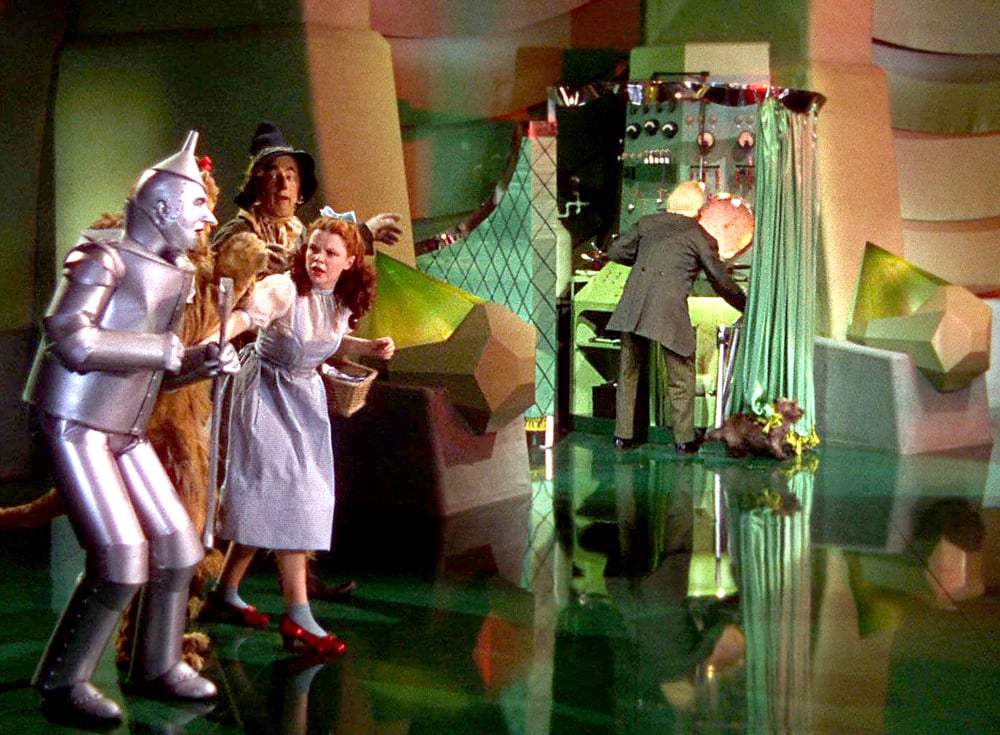
Captain Ahab was obsessed.
For him, it was Moby Dick or nothing.
It didn’t matter how many crew members perished or how far out to sea he had to sail… the guy wanted that big white whale.
These days you can see the same kind of misguided thinking going on in economic development.
But instead of fishing on the high seas, cities, counties and states put all of their efforts into hooking Fortune 500 companies on land. Brand names like Apple, Amazon and Google are the new great white whales of job creation and tax revenue.
State and local governments spend millions of dollars and thousands of hours trying to hit the jackpot with a billion-dollar deal. But like most lotteries, the odds are stacked against them.
That’s why it’s always a better idea to gamble less and invest more.
Business Retention and Expansion (BRE) sounds complicated, but the concept is simple: If you want to boost your economy, focus on existing businesses.
You want job and revenue growth? Start in your own backyard.
There are dozens of economic studies showing that BRE makes sense, but I can make my point with only one name and two numbers.
The one name is Chris Gibbons.
Gibbons was the director of business and industry affairs for Littleton, Colorado back in the 1980s. After a major corporate employer left town, Gibbons was forced to get creative. He launched a strategy that he called “Economic Gardening,” a BRE process that focuses on “growing from within” instead of “recruiting from outside.”
After 20 years of Economic Gardening, Littleton doubled its job base and more than tripled its sale tax revenue.
As for the two numbers that prove BRE delivers more bang for your buck?
Eighty and ten.
80% of net new jobs and capital investment in any economy are generated by existing firms. And existing firms provide even more return on investment in smaller, rural market areas.
And as any successful business knows, it’s 10 times more cost effective to work with existing customers than to continually cultivate new ones.
I’m not saying that recruiting outside companies shouldn’t be part of economic development. I’m just saying that it shouldn’t be the ONLY part of economic development.
Corporations tell us all the time that big incentives and tax credits don’t really influence their decision to build, expand or relocate. But whenever a huge company announces it’s looking for new digs, locations still fill fleets of dump trucks with cash.
It boggles the mind.
RELATED READ: A DOWN AND DIRTY GUIDE TO BRE
So how can you put down the harpoon, kick the whale hunting habit and practice the more efficient tactics of Business Retention & Expansion? By doing everything possible to make business easier for the business owners.
It starts with creating policies that encourage growth. Remove restrictions that drive up operating costs. Clear a path. Grease the gears. Shut down the obstacle course.
For economic developers, everything we need to remember about BRE is right there in the name:
Business: Make it easier for companies to operate. Streamline processes like permitting and inspections. Educate and communicate to prevent any kind of us-versus-them mentality. Work to understand individual needs, costs and concerns.
Retention: Keep them around. If you don’t make it easy and cost-effective for them to do business, someone else will. This doesn’t mean bend all the rules and hand out free money, but be flexible and fair. Create and cultivate a business-friendly environment.
Expansion: Failing businesses don’t grow. Start conversations and find ways to address problems early. Make yourself available to offer advice, make connections or even “run interference” when necessary. Let local businesses know they have “someone on the inside” who is on their side.
Simple enough, right?
I know it sounds corny, but the secret weapon in Business Retention & Expansion really is communication. Convincing business owners to reach out to their local economic development director isn’t always easy.
Ronald Reagan once said that the nine most terrifying words in the English language are “I’m from the government and I’m here to help.”
It’s funny because it’s true.
I work every day to get the word out that I’m here for the businesses in my community. I answer their questions when I can and recommend someone else when I can’t. I let them know that I’m not the police or a county inspector. I don’t carry a badge or a book of tickets.
I tell them that I’m from the government, but I REALLY AM here to help.
I couldn’t do that if I was spending every day trying to get Jeff Bezos to fall in love with Currituck County. Or making gift baskets for Elon Musk and Bill Gates.
Here’s the thing, even when localities “win the lottery” by landing a big deal, the benefits don’t always outweigh the costs. Sometimes jobs and revenues fall short. Companies break promises. And short term victories can turn into long-term disasters.
The truth is, that most of the time, the big guys don’t have the answer to all of our problems.
Think about Dorothy in the Wizard of Oz.

Whisked away to a magical land, she believed that the only way to get back home was to find the Great and Powerful Oz. So Dorothy set off on a long, strange quest. She survived flying monkeys and a wicked witch only to find out that the man behind the curtain was a fraud.
Oz was all smoke and mirrors, but Dorothy’s red ruby slippers were the real deal.
She had the power all along.
And when it comes to growing your local economy, you do too.
So the next time you feel the urge to chase whales or wizards… don’t.
Stop what you’re doing.
Click your heels together three times.
And repeat after me, “Business retention and expansion, business retention and expansion, business retention and expansion.”
I know it doesn’t exactly roll off the tongue, but trust me, it works like magic.
These Stories on Economic Development
No Comments Yet
Let us know what you think